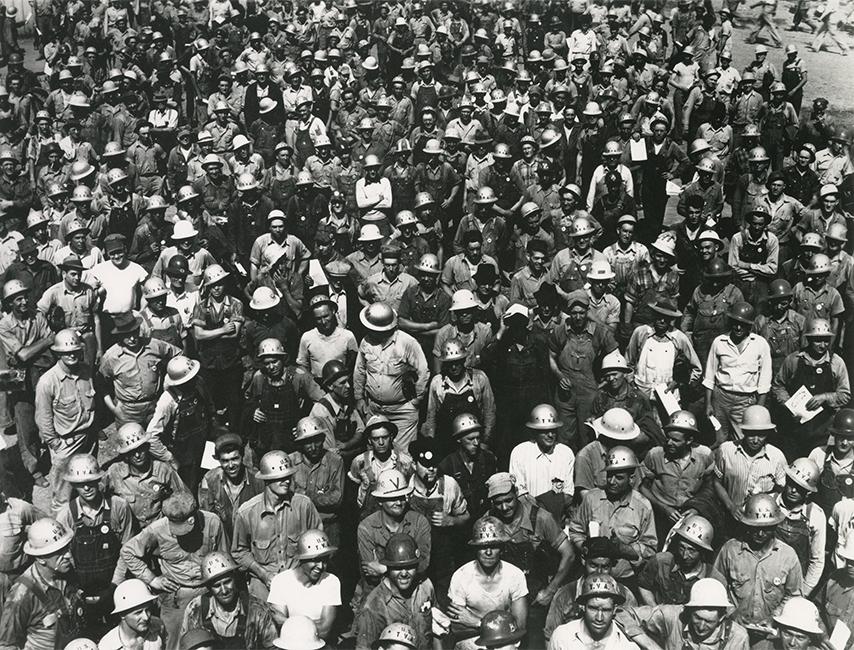From advances in technology that are regularly touted in the news, to the upcoming presidential election and local community activism, if anything is certain, it’s that change is all around—influencing work, lives and art.
It was this ebb and flow that inspired Lehigh University Art Galleries’ (LUAG) latest exhibition, “Change Makers!” on display from Sept. 3 through May 23, 2025 across campus.
“We thought about this broad topic of change and how that manifests in different ways,” said LUAG Director William Crow, professor of practice in art, architecture and design. “We thought, ‘Could change be a lens through which we really look at works of art and start conversations with other people about how change occurs? What do we do, or can we do, to create positive change in our local community or in the world?’”
The exhibition will be composed primarily of prints and photographs, from historical photos that show people making change, whether through political action, community organizing or teaching, to artwork that pushes the boundary of tradition and calls for change in media or subject matter.
Selected works will also be accompanied by recorded interviews with more than two dozen local changemakers in the Lehigh Valley, gathered by Lehigh students. The interviews reveal insights, strategies and ambitions for positive change in the community. Local change makers shared their approaches to building community coalitions, tips for fostering authentic dialogue and how the arts serve as inspiration to all for innovation and problem solving.
The exhibition will be shown in the Alumni Memorial Gallery, Fairchild Martindale Study Gallery, Siegel Gallery, Dubois Gallery, The Gallery at Rauch Business Center and the South Bethlehem Greenway.
“I think we are all trying to navigate a new world after a global pandemic,” Crow said. “We are in a moment where you have a lot of upheaval and unrest, not only on college campuses, but nationally and globally. I think a lot of people are questioning where we are collectively headed and how we can make changes so that we have something more positive on the horizon for all of us.”
The exhibition also presents the idea of artists as the “unacknowledged legislators of the world.”
“Sometimes change comes about through very overt actions in visible community leaders—our mayor, our president, our city council. But, Crow said, “Artists, whether they’re visual artists, writers, performers, they are influencing us in many ways, and sometimes even in ways that we don’t realize until many months or even years after engaging with their artworks.”










